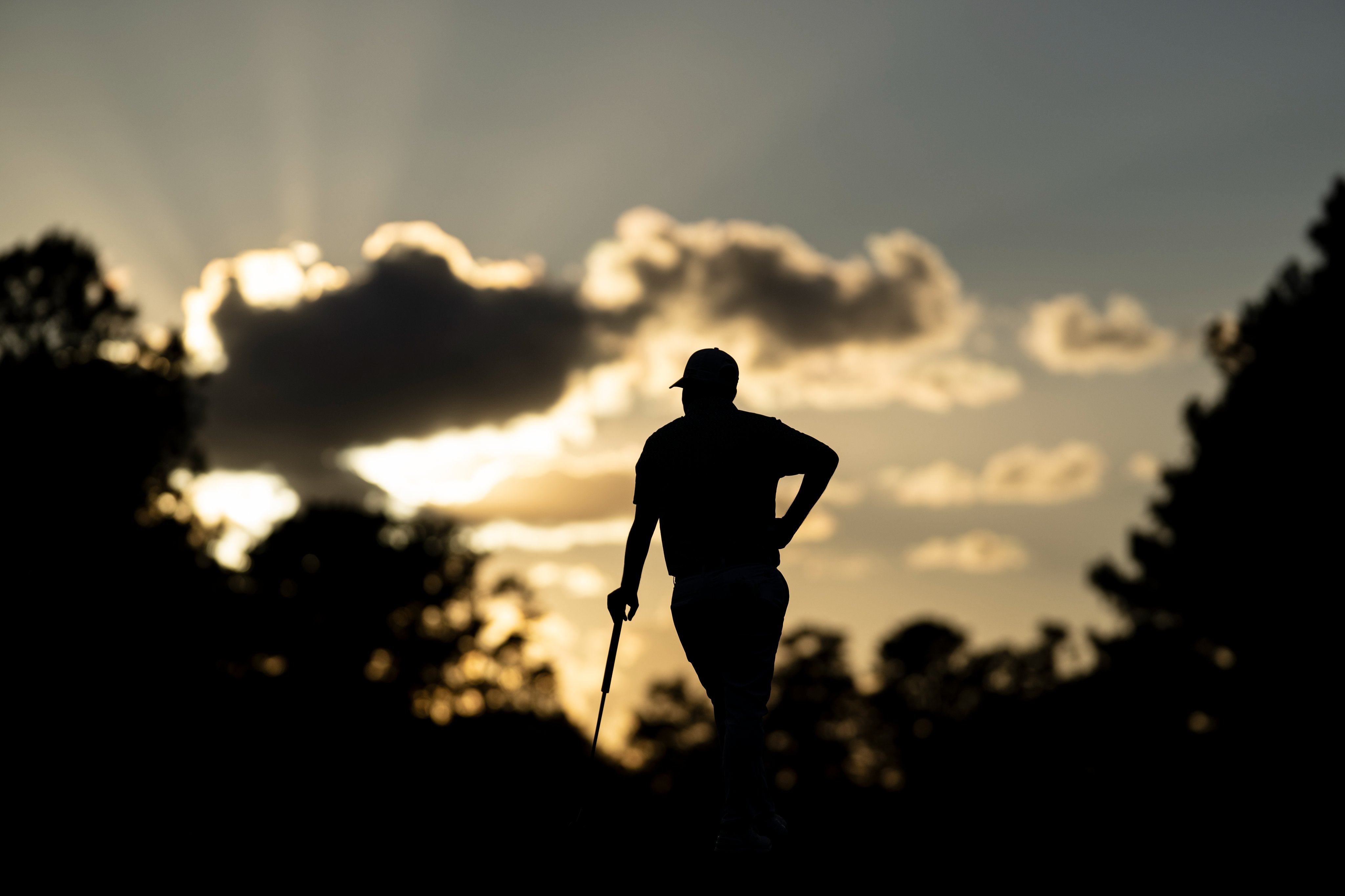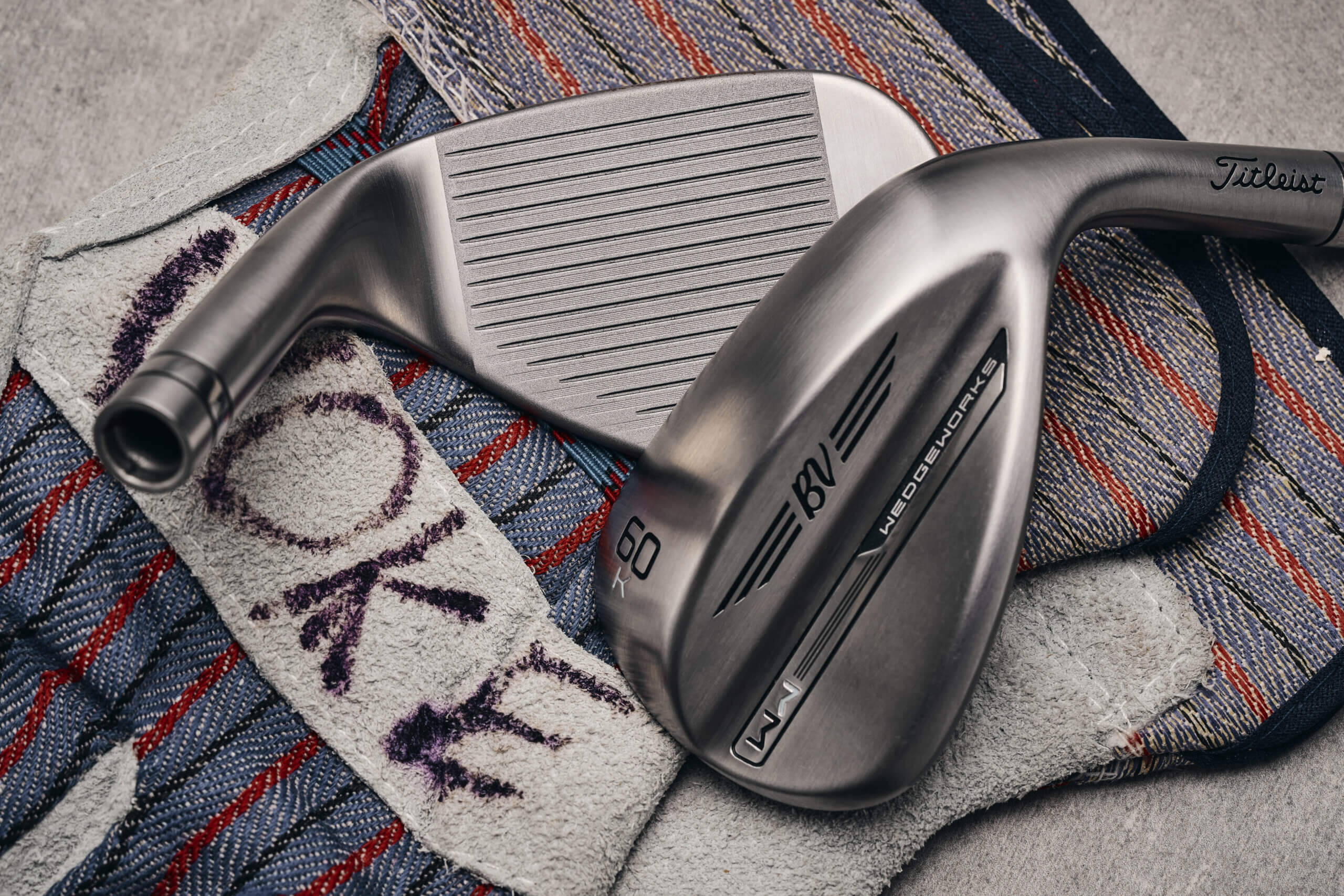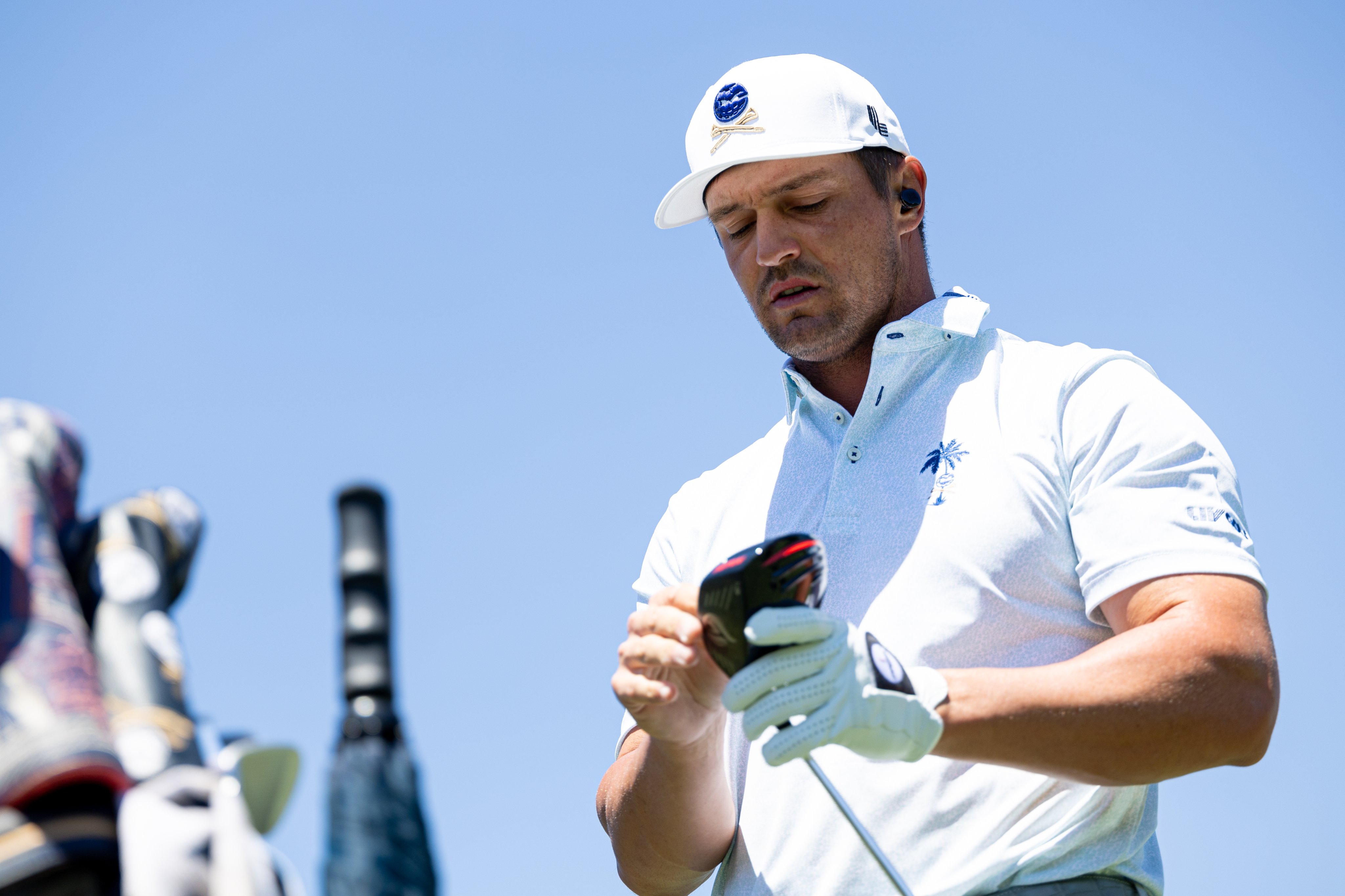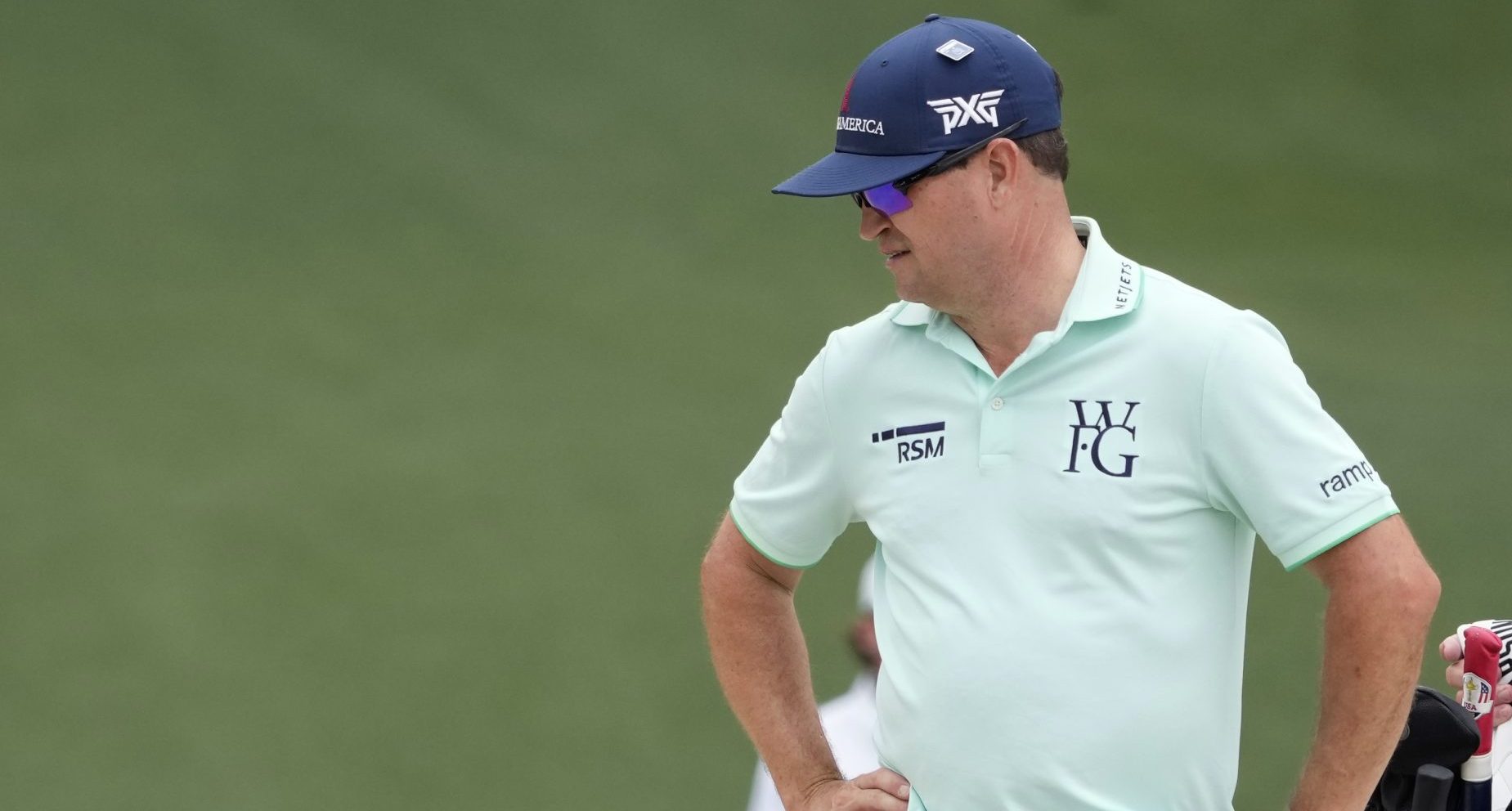Club Selection
How to Choose the Right Golf Club for Those In-Between Yardages
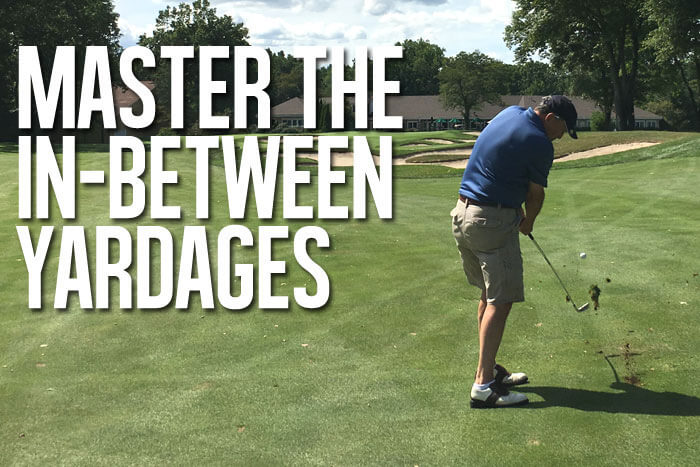
No matter how you choose to get your yardages out on the course, there is always a bit of drama right before you find out what number you have to the target. For example, if you have a rangefinder, you know the feeling of pressing the button while hoping to see a number you like pop up in the display.
Getting a “good yardage” – a yardage that matches up with a full swing for one of your clubs – means you will have a great chance to make a par or birdie. An in-between yardage, however, can mean trouble. Many players don’t know how to deal with the problem of facing an in-between yardage, and they waste shots as a result.
A big part of having success in this situation is simply picking out the right club. Sure, you can do some things with your technique to adjust your distances, but that is a topic for another article.
In this article, we are going to address some of the key points to keep in mind while making your club selection for a shot to a target that falls in-between yardages.
Eliminating the Big Mistake
The first thing you need to do when picking a club is to take the big error out of play. Obviously, you are going to have to pick a club that is either a little too much or not quite enough, depending on if you go up or down from the in-between yardage.
To make that decision easier, look at the area around the green and identify any areas that would present you with a big problem. For example, if there is a pond short of the green, you need to make sure you aren’t short. Or, if the pond is beyond the green, you will need to avoid hitting the shot long to steer clear of a penalty.
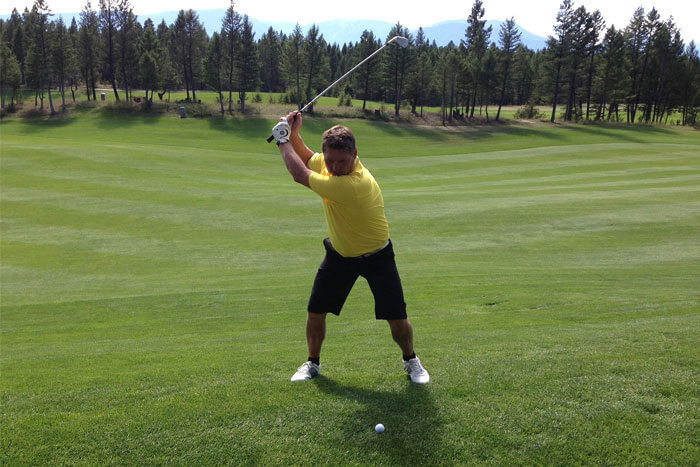
Photo via Flickr.
When there is a major hazard present around the green, you club selection process should be pretty easy. If the hazard is short of the green, take a little extra club and error on the long side. Of course, if the hazard is over the green, you will turn that around and use the shorter club.
You don’t always have to hit great shots in order to shoot good scores, but you do need to avoid the big mistake. Allow the hazards of the course to guide your club selection and you can swing with confidence, knowing that your ball should finish nowhere near the trouble that lurks by the green.
Playing for Position
On many of your approach shots, there won’t be a significant hazard waiting to help you make your club selection choice. When faced with a shot to a green that is simply surrounded by some rough and maybe a bunker or two, you will need to use another variable to help you pick the right stick.
Most of the time, that variable is going to be the slope of the green complex. Is the green tilted from back to front, or from front to back. Short shots are always easier when played uphill, so make your mistake on the low side of the hole.
In this way, golf is like playing a game of billiards. You shouldn’t be thinking of only the shot that you are playing at the moment – you should also be thinking one shot ahead. Ask yourself, “where would you like to be to play your next shot?”
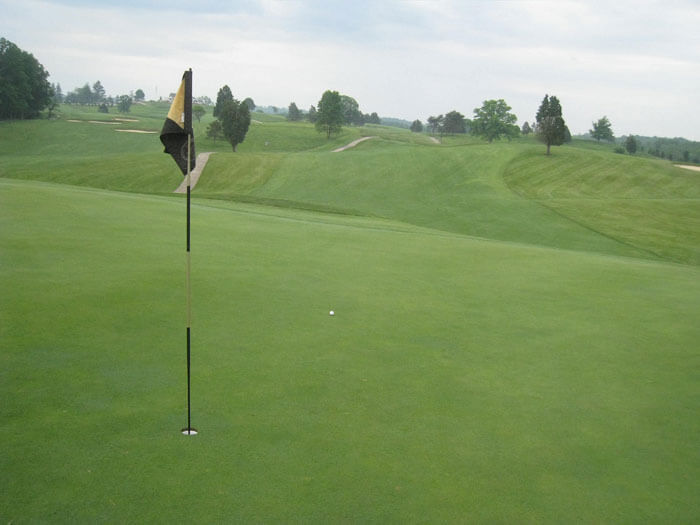
Photo via Flickr.
If you can successfully place the ball under the hole, your chances of making the next shot are going to be quickly increased. When in-between clubs, think about this concept and pick the club that is going to most likely place you on the lower portion of the green.
Making a Great Swing
Would you like to be let in on a little secret related to club selection? When facing a yardage that is right in-between clubs, the reality is that both clubs can work out just fine!
While you might be stressing out over whether you should hit a seven iron or eight iron, remember that there is likely only a 10 – 12-yard difference in distance between those two clubs.
Think about this example – imagine you are standing in the fairway and you have 155 yards to the hole. With a good full swing, you can hit your seven iron right around 160 yards. With your eight iron, you can cover right about 150. So, you are officially in-between clubs. However, think about what this really means. If you hit a seven iron just right, your ball should end up five yards or so long – that’s only 15 feet! As long as you hit the ball on a good line, you are still going to have a relatively short putt lined up for your birdie. The story is the same if you go with the eight iron. You should only be a few yards short, and you will have a very makeable putt.
The lesson in all of this is to focus more on making a great swing than on picking the perfect club for the job. Yes, you want to get your club selection right, but even the wrong club can usually work out pretty well when you make a quality swing.
You typically need to be off by two clubs or more in order to put yourself in serious trouble. Place the emphasis on making great golf swings all day long and your club selection will wind up being a minor element in the grand scheme of things.
Obviously, it would be great if you could land on a perfect yardage every time you need to hit an approach shot. Of course, that just isn’t going to happen. In fact, you are going to deal with an in-between yardage more frequently than you are going to have the perfect number to the cup. However, by using the advice above and making your best swing as frequently as possible, you can limit the damage that having an inconvenient yardage will do to your scorecard.
-
Equipment5 days ago
Bryson DeChambeau is Using Custom 3D Printed Irons at The Masters
-
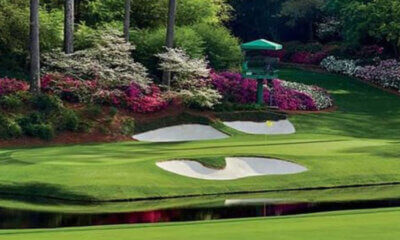
 Fantasy Golf Predictions1 week ago
Fantasy Golf Predictions1 week agoFantasy Golf Picks, Odds, and Predictions – 2024 Masters Tournament
-
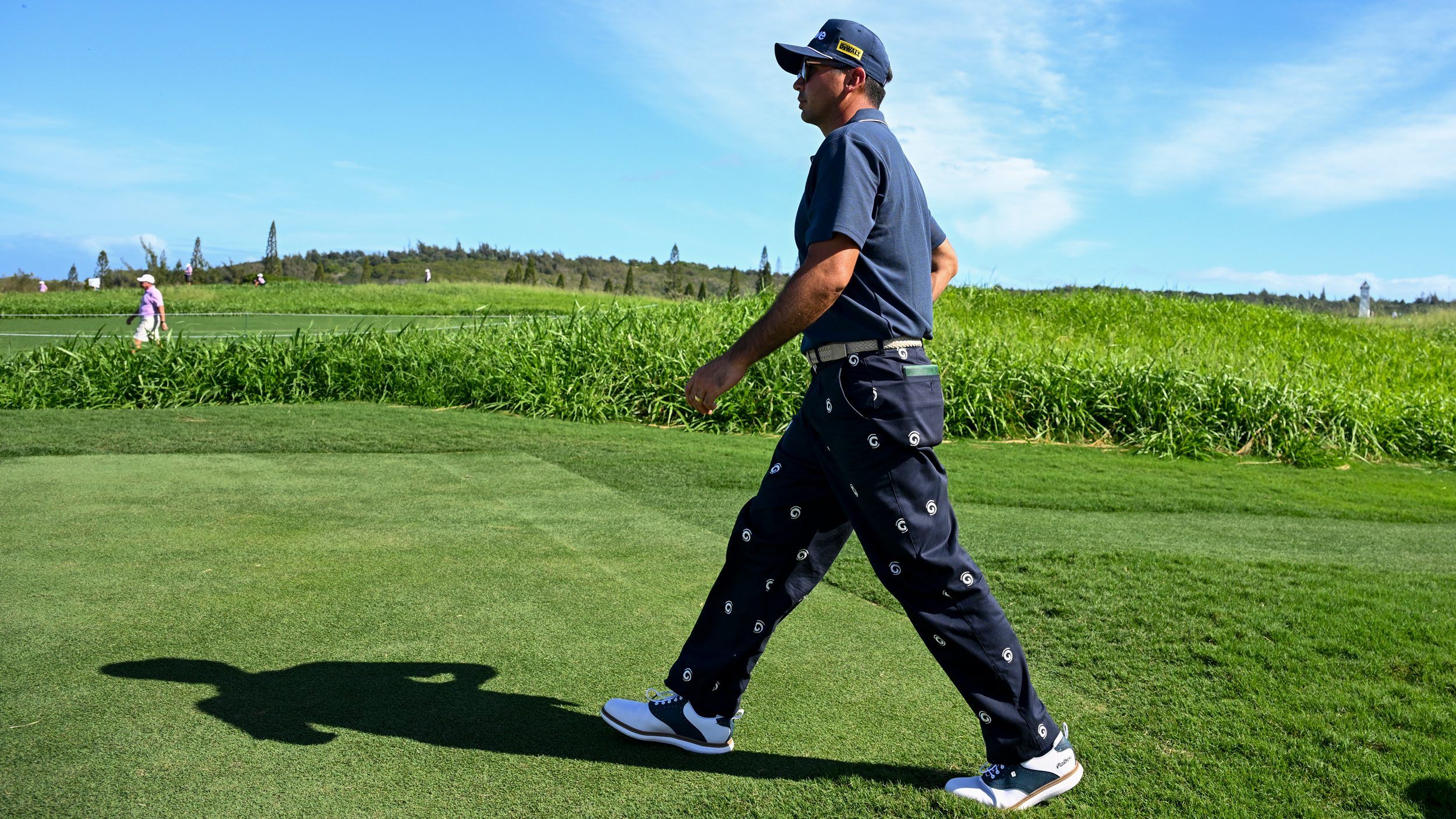
 News1 week ago
News1 week agoMalbon Has Jason Day Looking DAPPER for The Masters
-
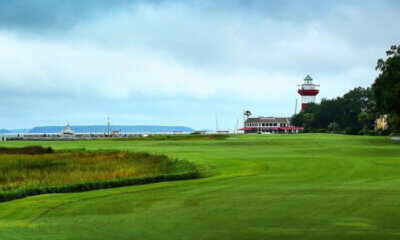
 Fantasy Golf Predictions2 days ago
Fantasy Golf Predictions2 days agoFantasy Golf Picks, Odds, and Predictions – 2024 RBC Heritage
-
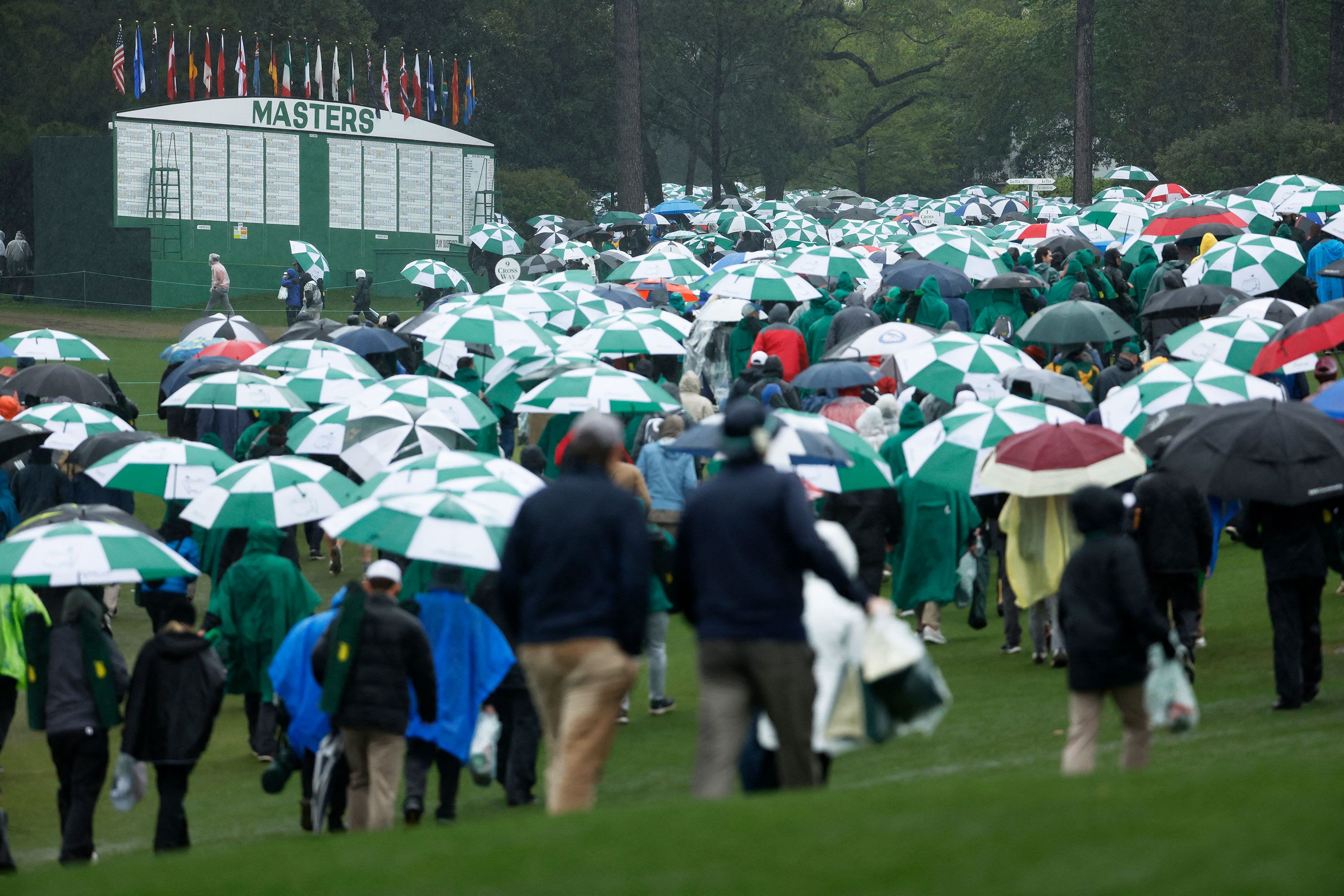
 News1 week ago
News1 week agoDark Skies Ahead: Masters Forecast to Favor Bad Weather Golfers
-
News6 days ago
U.S. Open Champ Takes a Dig at DeChambeau, but Is It Warranted?
-

 News1 week ago
News1 week agoLANDSLIDE: Brandel Chamblee Predicts a Runaway Victory for Past Masters Champ
-
News5 days ago
WATCH: Frustrated Ryder Cup Caption has Choice Words for Masters Patrons


